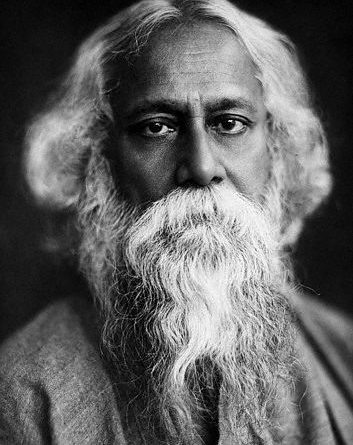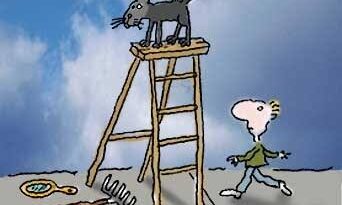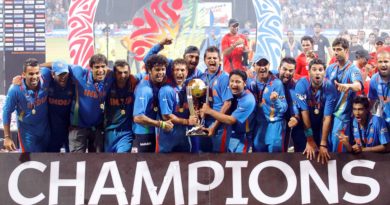Best Of Rabindranath Tagore
At his early age of eight, Tagore started writing poetry and his works got the attention of officials when he was just sixteen. He was not just a poet and writer but also a painter and music composer. He reshaped Bengali culture and Indian art with his contextual modernism. Moreover, he denounced the British raj by his political and personal writings.
Eventually, he became the first non- European in the 19th century to be awarded a Nobel Prize for literature. His profoundly sensitive, fresh and beautiful verses of Gitanjali won him the prize in 1913. He astonished the world with his drama, songs, novel, short stories, poetry, and artworks. His songs were officially honored to be the national anthems of two different countries ( India and Bangladesh). And, his songs also inspired the national anthem of Sri Lanka. Therefore, his work reflected nationalism on a large scale.
His prolonged illness finally ended on 7th August 1941. But the impact he created on the minds and hearts of people with his writing was immense. Thus, his birthday (7th of May) is celebrated all over the globe, especially in West Bengal. The day is known to be ‘Rabindranath Jayanti’.
Also Read: Best Of The Oprah Winfrey
Gitanjali: A Beautiful Composition Of Poetry
Pluck this little flower and take it, delay not! I fear lest it droops and drops into the dust.
The Gitanjali or ‘Song Offerings’ is a compilation of several different poems written by Tagore. The English Gitanjali won him the Nobel Prize for Literature in1913. It was first published in Bengali in 1910 and later it got published in English in 1912.
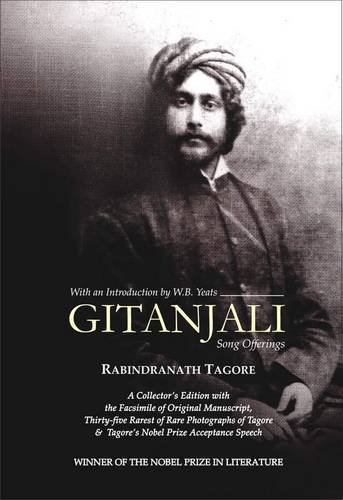
Moreover, it is also a part of the UNESCO Collection of Representative Works. And for those who have not got a chance to read it yet, the central theme of Gitanjali is devotion. And, its motto is ‘I am here to sing thy song’.
Choker-Bali: A Classic Tale Of Passion
The Choker-Bali is an excellent depiction of passion, adultery, deception, and relationship exploitation. Since, 1903, it has been adapted many times in film and series. In 2003, Rituparno Gosh represented the story in Bengali Language Drama Film. He starred Aishwarya Rai Bachhan as Binodini and Raima Sen as Ashalata in the film. Later, the film was dubbed in Hindi and achieved international attention in the same language.
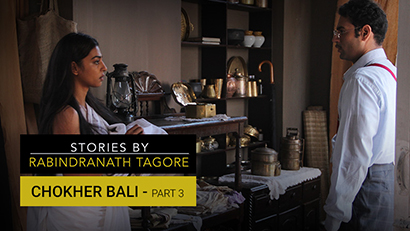
Interestingly, the Choker-Bali is also streaming on Netflix with other short stories of Tagore. On IMDB, the Entertainment rating website ‘Stories By Rabindranath Tagore’, is rated 8.9. And believe me, it’s a must-watch if you want to know more about him and his work.
Next in, Best of Rabindranath Tagore;
Kabuliwallah: The Childhood Story
‘Kabuliwallah’ is one of Tagore’s best short stories. It talks about the poor man leaving behind his family in Kabul, to earn living in India. He sells dry fruit and believes in honesty. Kabuliwallah is a story of perception people make on the basis of appearance. It’s a story of unconditional love and bond one can share with someone, ignoring the age and social differences.
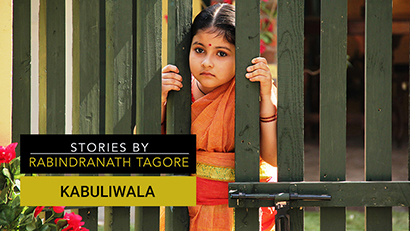
So far ‘Kabuliwallah’ has been a big part of the curriculum in different high school books of literature. This shows us how each story written by Tagore stands for the moral values of society.
Rabindra-Sangeet: Songs Of Rabindranath Tagore
His music was largely based on ‘Thumri’, the local and cultural theme of Hindustani music. Tagore composed a large number of songs around 2,230. The lyrics of most of them are merged into his poems and dramas. That is why some of his plays are musical and have a poetic touch. He was indeed a great lyricist.
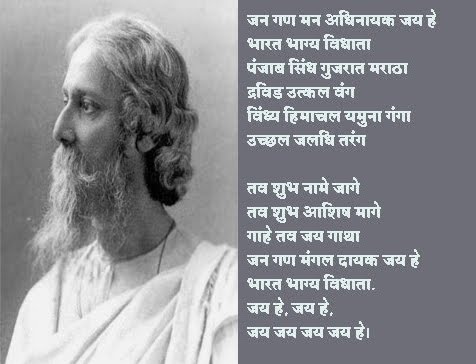
In 1971, his song Amar Sonar Bangla become the national anthem of the newly born country Bangladesh. This song was written ironically, against the idea of the partition of then Bengal. Tagore sensed the cunning strategy of partition was all against the independence of India. He was never in favor of the partition.
Thus, he dedicated his work to unite the Bengali Hindu-Muslim Community. His song, ‘Jana Gan Mana’ was written in the Sanskrit version of Bengali. And it was first sung in 1911 at a Calcutta session of the Indian National Congress.
Later, it was adopted as the national anthem of the Republic of India, in 1950.
The Broken Nest (Nastanirh): The Story Of A Love Triangle
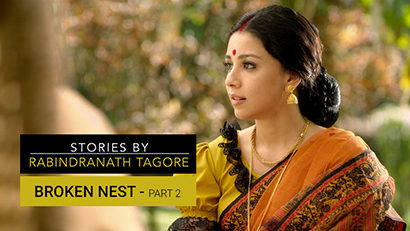
This story revolves around a love triangle. And it was named The Broken Nest because at the end of the story it leaves the three characters broken and guilty by heart.
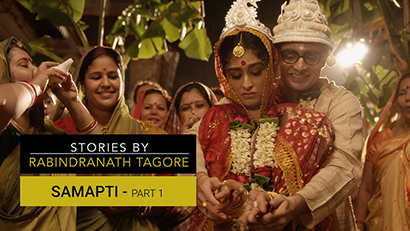
Just like most of the stories written by Tagore, this story too highlights the emotional turmoil going inside a woman living in a male dominating society. Such exemplary stories include Punishment (Dand) and The Conclusion (Samapti). In which Tagore has idolized the female character by showing their sacrifice, revolution, and courage.
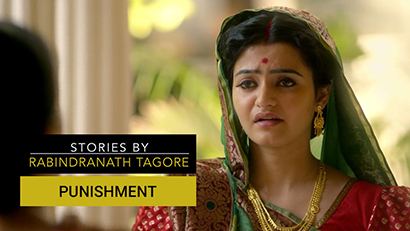
Finally in Best of Rabindranath Tagore;
The Post Office (Dak Ghar): Metaphor Of The Spiritual Freedom
The dramatic work done by Tagore expended his fame from national to international level. Thus, ‘The Post office’ reached the western theatres such as Germany, London, and the United States.
The Post Office was first played in 1913, in Irish Theatre London. W.B. Yeats was the first person, who wrote the English version of the play and preface for the same.
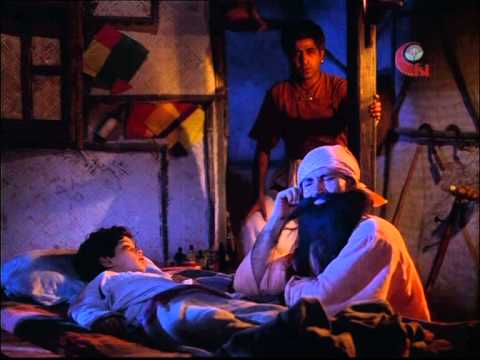
This play is about a small boy, who is suffering from a chronic illness. And due to which the servants tie him up to his bed. The story also reflects the social norm of foster care. The theme of this dramatic piece of art is a metaphor used for spiritual freedom. It tells the audience that death is a new beginning rather than a sad ending.
Amal was so sick of laying on the bed, the tears of his widow drowning him down. Thus death was a way to his soul to get free.
This list definitely doesn’t end here. But I have tried to keep it brief by including all the major works of Tagore. We can also include Atithi, Mrinal Ki Chhitti, Bikharini, Waris, and Bengali Song ‘Ekla Cholo Re’ written and composed by Tagore.
Rabindranath Tagore was a man of eternity. And it would be wrong to say he was merely into writing. Because he was the man who appreciated all kinds of art. He was the artist who discovered life in art and vice versa.
Tagore used his own words to describe the art:
“What is Art? It is the response of man’s creative soul to the call of the Real.”

